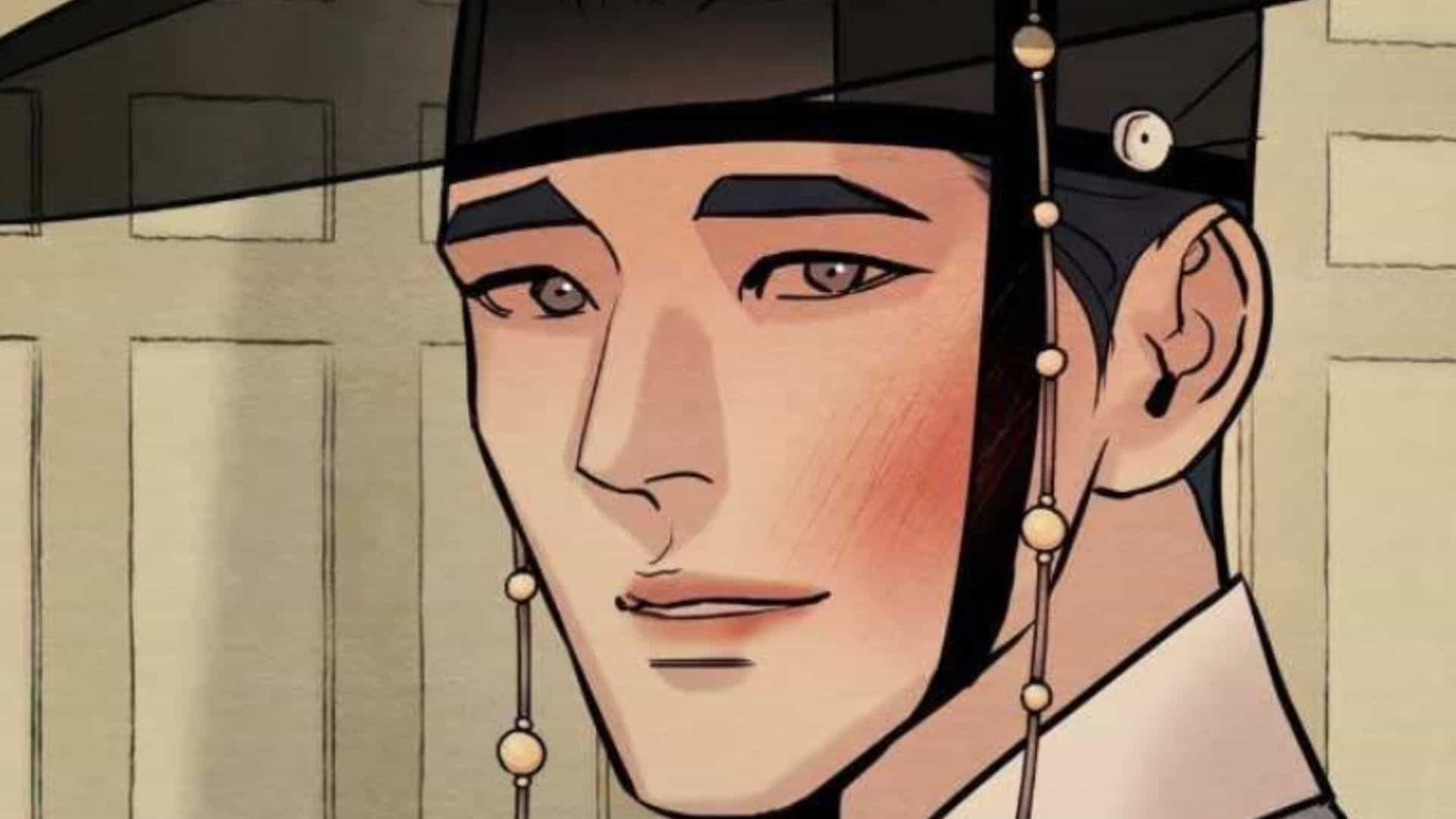In the enthralling realm of Painter of the Night Chapter 4, we delve into a captivating narrative that unfolds with intricate detail and an abundance of originality.
The chapter sets the stage for a profound exploration of identity, desire, and the complex interplay between art and emotion.
Chapter Summary

Chapter 4 of “Painter of the Night” intensifies the emotional turmoil between the two main characters, Na-Kyum and Seung-Ho.
The chapter delves into the complexities of their relationship as Na-Kyum grapples with his growing feelings for Seung-Ho while trying to maintain his professional boundaries. Meanwhile, Seung-Ho struggles to reconcile his desire for Na-Kyum with his own personal demons.
Na-Kyum’s Internal Conflict
Na-Kyum finds himself torn between his desire for Seung-Ho and his duty as a painter. He tries to distance himself from Seung-Ho to avoid compromising his work, but his feelings only intensify.
Chapter 4 of Painter of the Night brings an intense confrontation, leaving us on the edge of our seats. But if you’re looking for another thrilling read, don’t miss mercenary enrollment chapter 154 , where the battle between Ijin and the Cheonma clan reaches a fever pitch.
Returning to Painter of the Night, we can’t wait to see how the next chapter unfolds as In-Ha faces the consequences of his actions.
This internal conflict is reflected in his paintings, which begin to take on a darker and more emotional tone.
Seung-Ho’s Inner Demons, Painter of the night chapter 4
Seung-Ho’s past trauma continues to haunt him, making it difficult for him to fully open up to Na-Kyum. He struggles with guilt and self-loathing, which manifests in his possessive and controlling behavior towards Na-Kyum.
Despite his efforts to keep Na-Kyum close, Seung-Ho’s inner demons threaten to sabotage their relationship.
Confrontation and Resolution
The chapter culminates in a confrontation between Na-Kyum and Seung-Ho, where they finally acknowledge their feelings for each other.
However, their relationship remains fragile, as they must navigate the challenges posed by Seung-Ho’s past and Na-Kyum’s own uncertainties.
Painter of the Night Chapter 4 takes a bold step forward in the story, leaving readers on the edge of their seats. If you’re looking for another thrilling adventure, don’t miss Barbarian Quest Chapter 79 , where the stakes are high and the battles are epic.
But remember, after that intense adventure, come back to Painter of the Night Chapter 4 to continue the heart-pounding journey of our beloved characters.
Character Analysis

In Chapter 4, Seonho’s characterization is further explored, revealing his complex motivations, emotions, and inner conflicts. His actions and interactions with other characters shed light on his unique personality and the challenges he faces.
In the enthralling Painter of the Night Chapter 4, the tension between the characters reaches fever pitch. As the drama unfolds, you may find yourself seeking respite in the tranquil realm of Isekai Nonbiri Nouka Chapter 1 ( isekai nonbiri nouka chapter 1 ). Immerse yourself in a world where farming and daily life take center stage, offering a soothing contrast to the captivating intensity of Painter of the Night Chapter 4.
Seonho’s Motivations
- Seonho’s primary motivation in this chapter is his desire to protect his friend, Siwoon. He goes to great lengths to ensure Siwoon’s safety, even if it means putting himself in danger.
- Another significant motivation for Seonho is his desire for acceptance and validation. He seeks approval from others, particularly from his peers, and is willing to conform to their expectations to gain their favor.
Seonho’s Emotions
- Seonho experiences a range of emotions in this chapter, including fear, guilt, and vulnerability. He is afraid of the consequences of his actions, but he also feels guilty for putting Siwoon in danger.
- Seonho’s vulnerability is revealed through his interactions with his friends. He trusts them with his secrets and seeks their support, showing that he is not as tough as he pretends to be.
Seonho’s Conflicts
- Seonho faces an internal conflict between his desire to protect Siwoon and his fear of the consequences. He knows that helping Siwoon could put him in danger, but he cannot bring himself to abandon his friend.
- He also faces an external conflict with the other characters in the story. His friends do not understand his motivations and often judge him for his actions, creating tension within the group.
Comparison to Other Characters
- Compared to Siwoon, Seonho is more cautious and calculating. While Siwoon is impulsive and often acts without thinking, Seonho carefully considers his actions and their potential consequences.
- In contrast to Junwoo, who is confident and assertive, Seonho is more insecure and self-conscious. He often doubts himself and his abilities, leading him to seek validation from others.
Symbolism and Themes: Painter Of The Night Chapter 4

Chapter 4 of “Painter of the Night” is a rich tapestry of symbolism and explores profound themes that resonate throughout the narrative.
The most striking symbol in this chapter is the moon, which appears in various forms and contexts. It represents the hidden desires, secrets, and vulnerabilities that lurk beneath the surface of the characters’ lives.
Underlying Themes
- Power and Domination: The interactions between Baek Na-kyum and Seon-jae reflect the power dynamics between master and servant, and the ways in which power can corrupt and control.
- Forbidden Love: The budding romance between Baek Na-kyum and Seon-jae is fraught with societal taboos and the potential for danger, highlighting the challenges of love that defies social norms.
- Identity and Authenticity: Baek Na-kyum’s struggle to reconcile his true self with the role he plays as a painter forces him to confront his own identity and the masks he wears.
Last Point

As Chapter 4 draws to a close, it leaves readers captivated and eager to delve deeper into the mysteries that lie ahead. With its masterful storytelling and thought-provoking themes, this chapter serves as a testament to the enduring power of human connection and the transformative nature of artistic expression.
